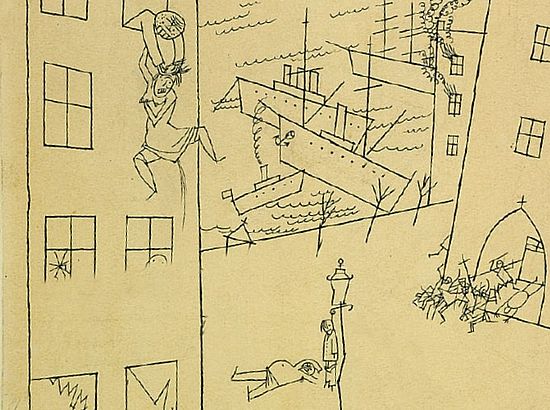
Conference "Masses of violence"
About the conference
Organization: Axel Paul, Benjamin Schwalb, Samuel Strehle
Date: September 26-28, 2013
Crowds represent a distinctive state of social aggregation. People behave differently in crowds than they do in small groups, organizations or networks. The same holds true of violent behavior. Although classical mass psychology adopted a one-sided perspective when it joined together “masses and violence” as a fixed conceptual pair, the observation that the development of acts of violence follows different and completely unique dynamics when crowds are involved than in other contexts remains correct. Collectives that resort to violence are generally portrayed by the political system and the media as anarchic, destructive forces that cause the disintegration of the social order, for which they are condemned. However, in the midst of the excessive maelstrom of obviously destructive mass violence, processes of spontaneous order-building can be observed just as regularly. In cases where crowds resort to violence, new and unique patterns of order emerge which, as distinctive situational dynamics, elude control and, to some extent, the consciousness of those involved—it is perhaps for this very reason that they are effective. The conference explored these situational processes of collective violence in the field of tension between destructive excesses of violence and productive self-organization and cast light on them through the use of contemporary and historical case studies.
Selected publications
Paul, A. T. and Schwalb, B. (eds.) (2015) Gewaltmassen. On the momentum and self-organization of collective violence. Hamburg: Hamburger Edition. Table of contents
Quick Links
